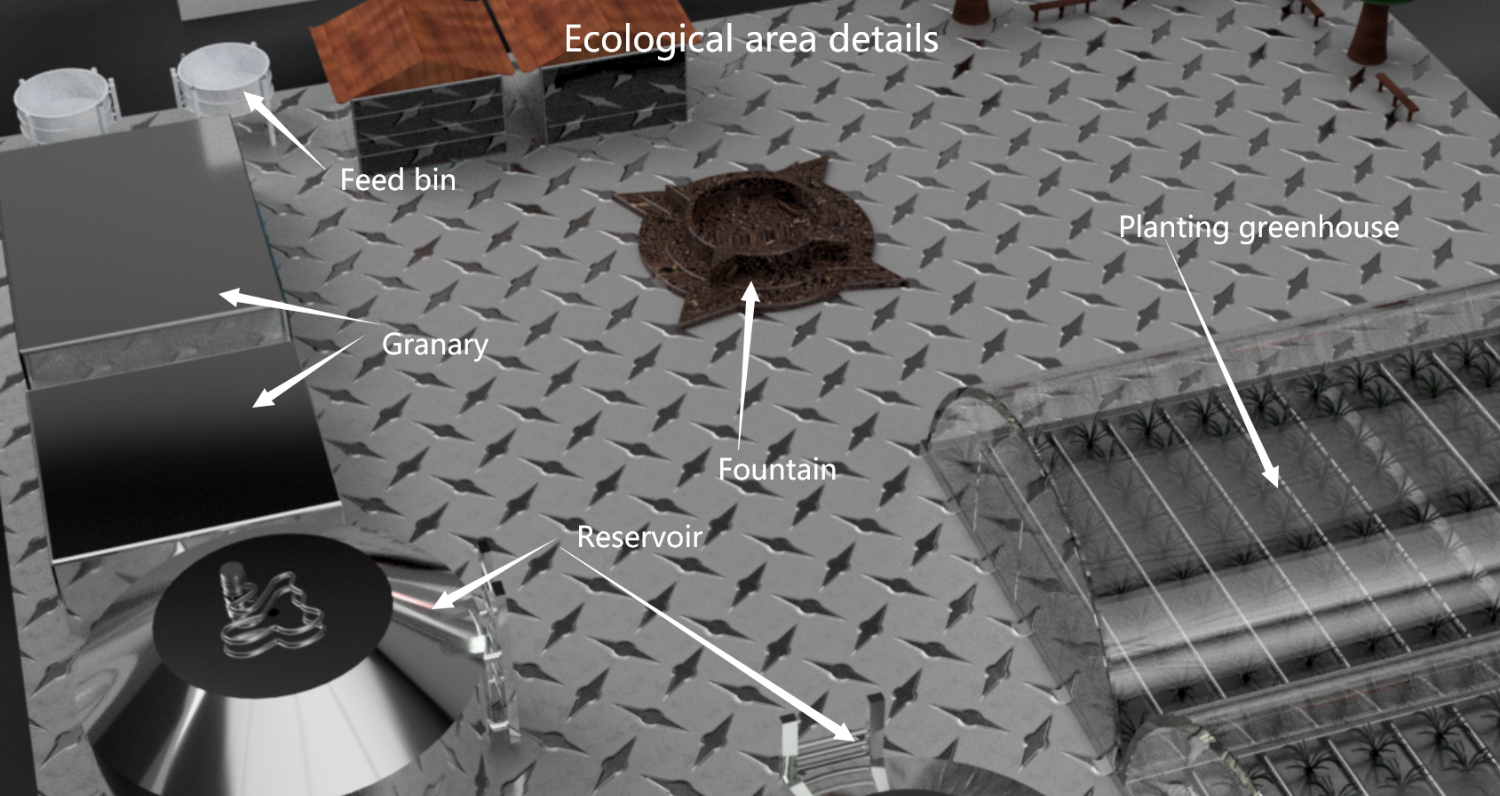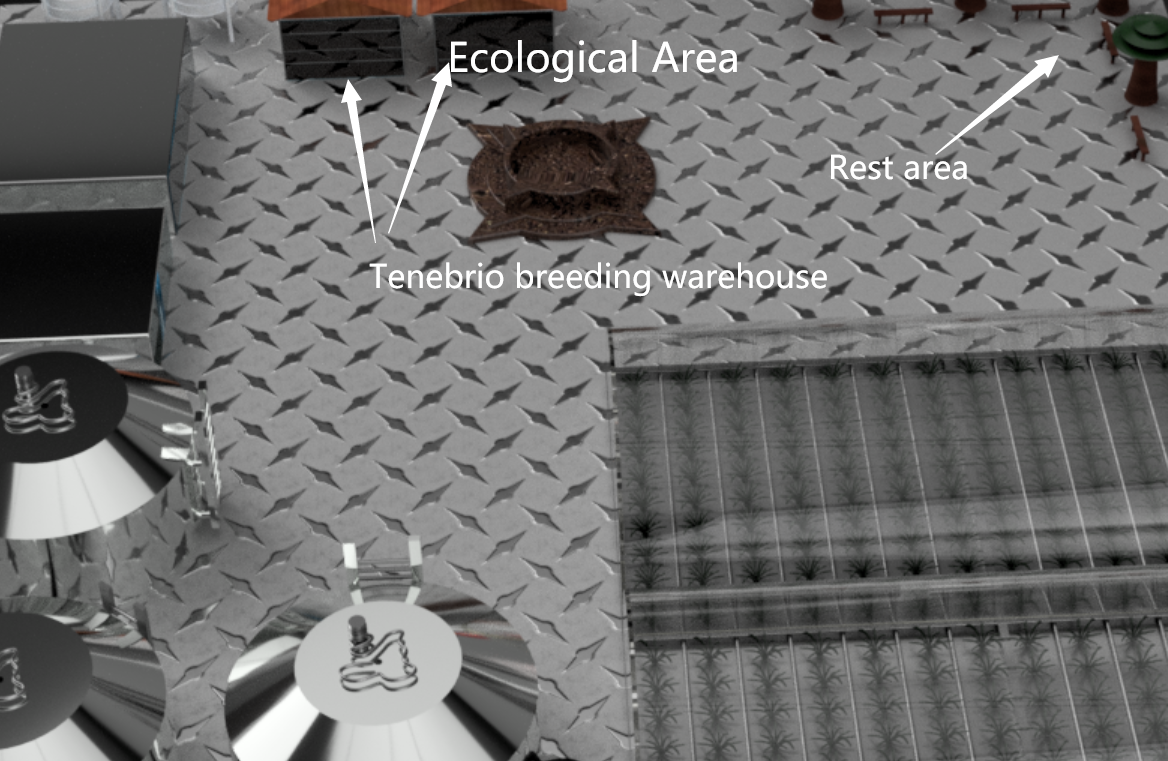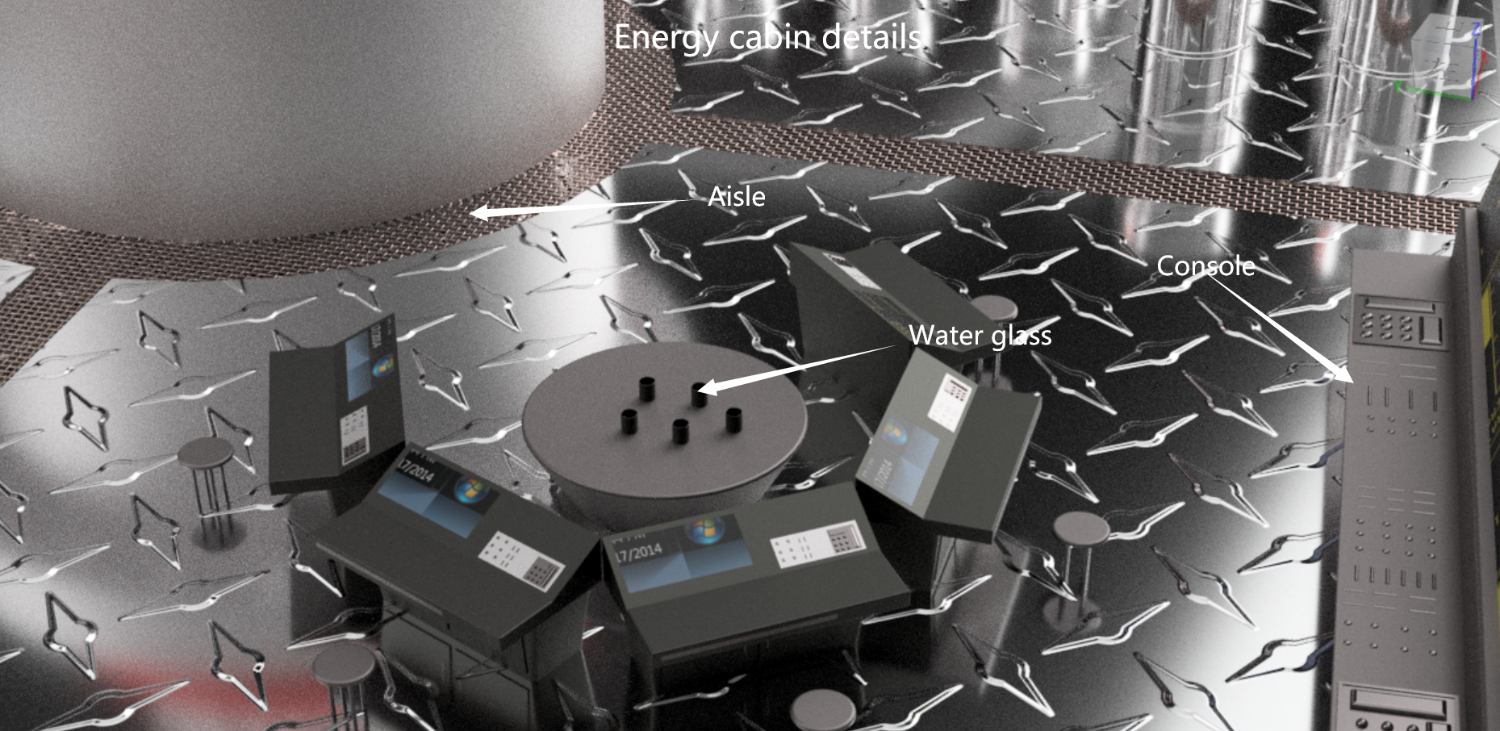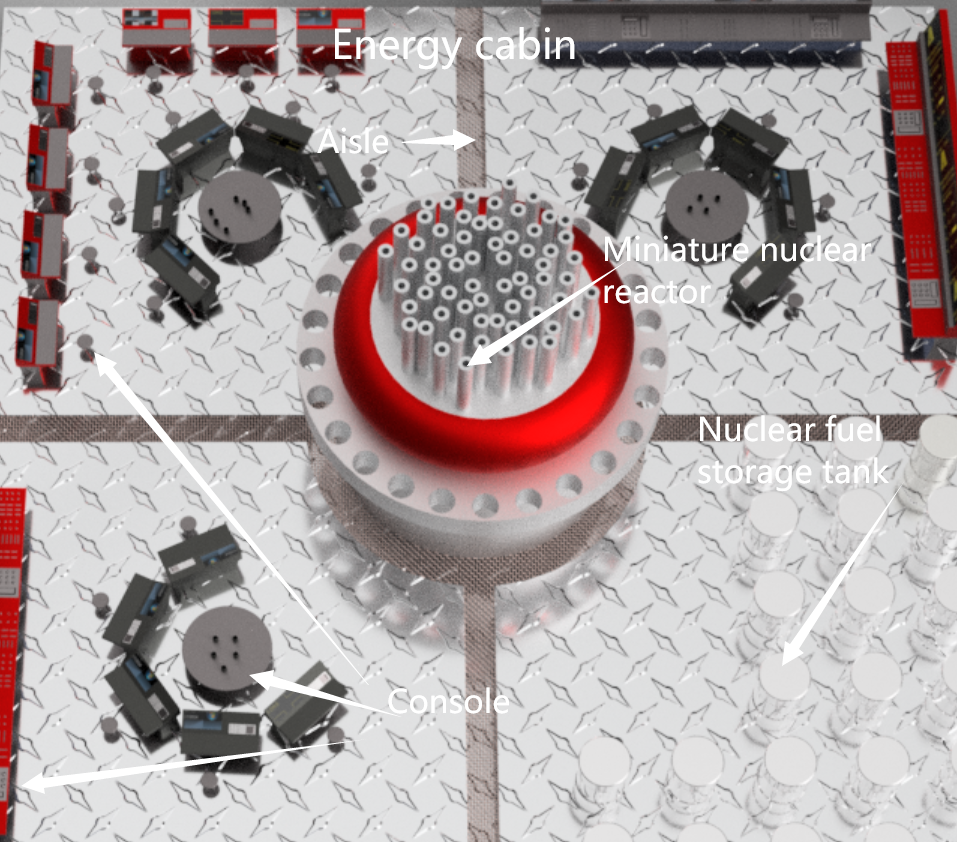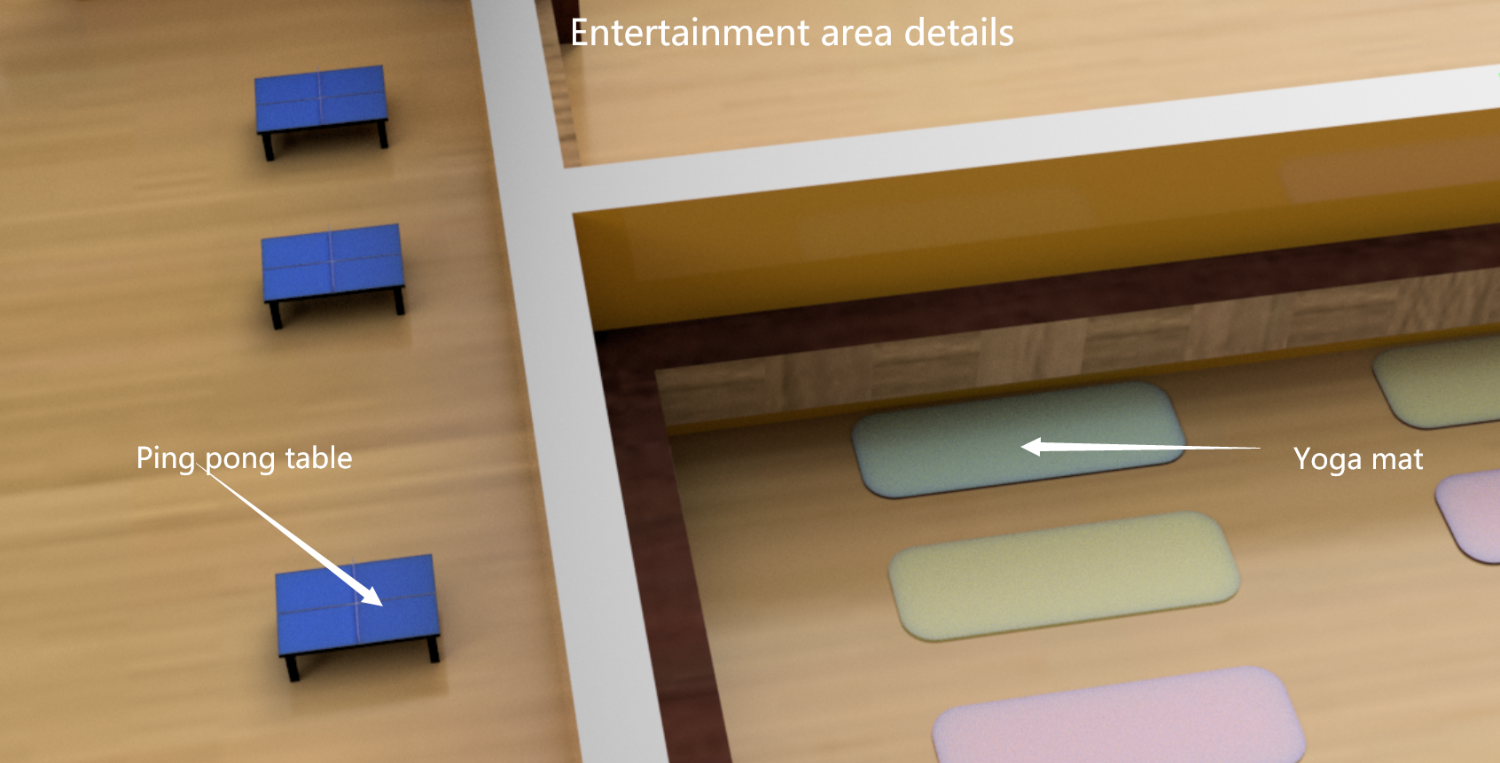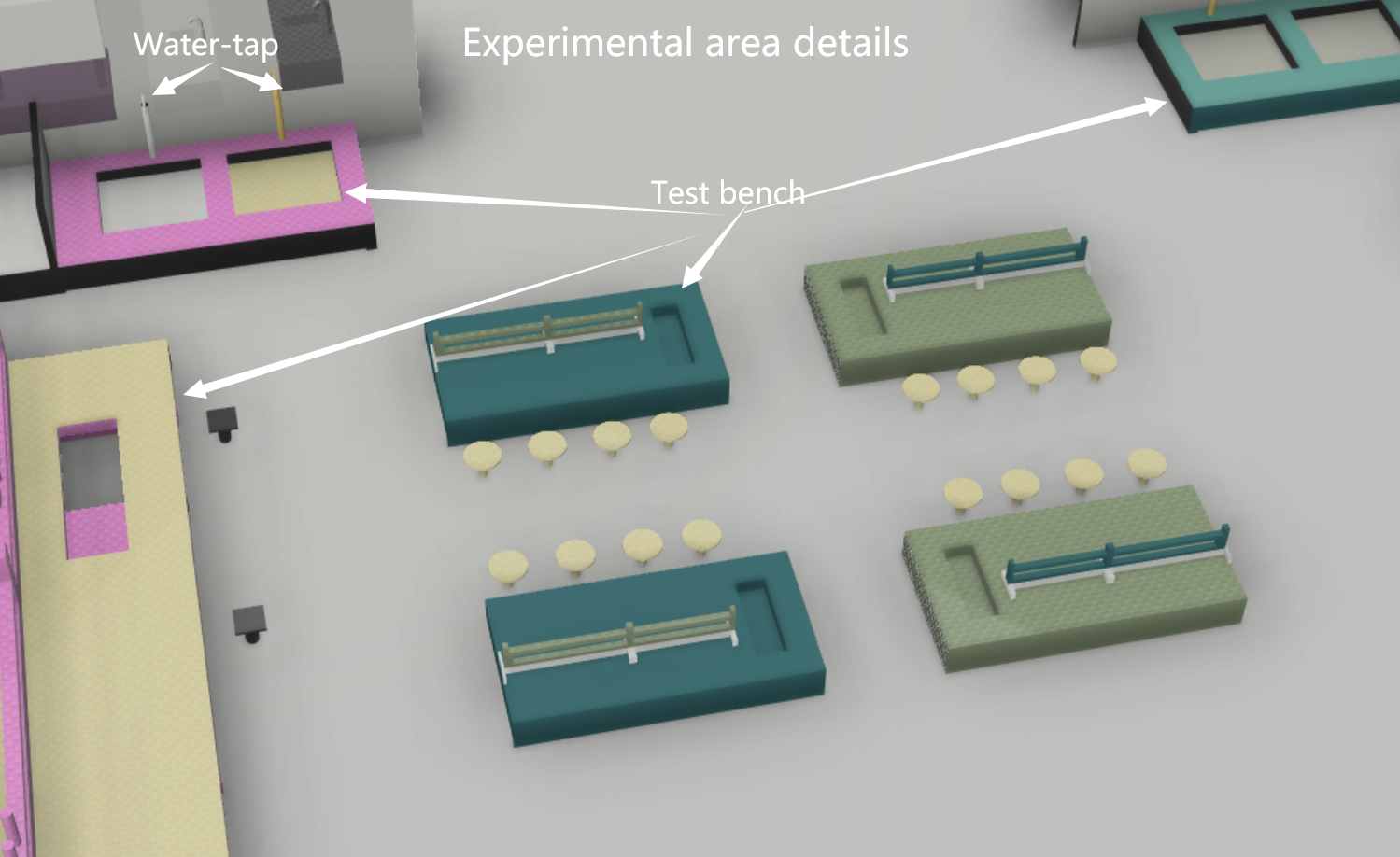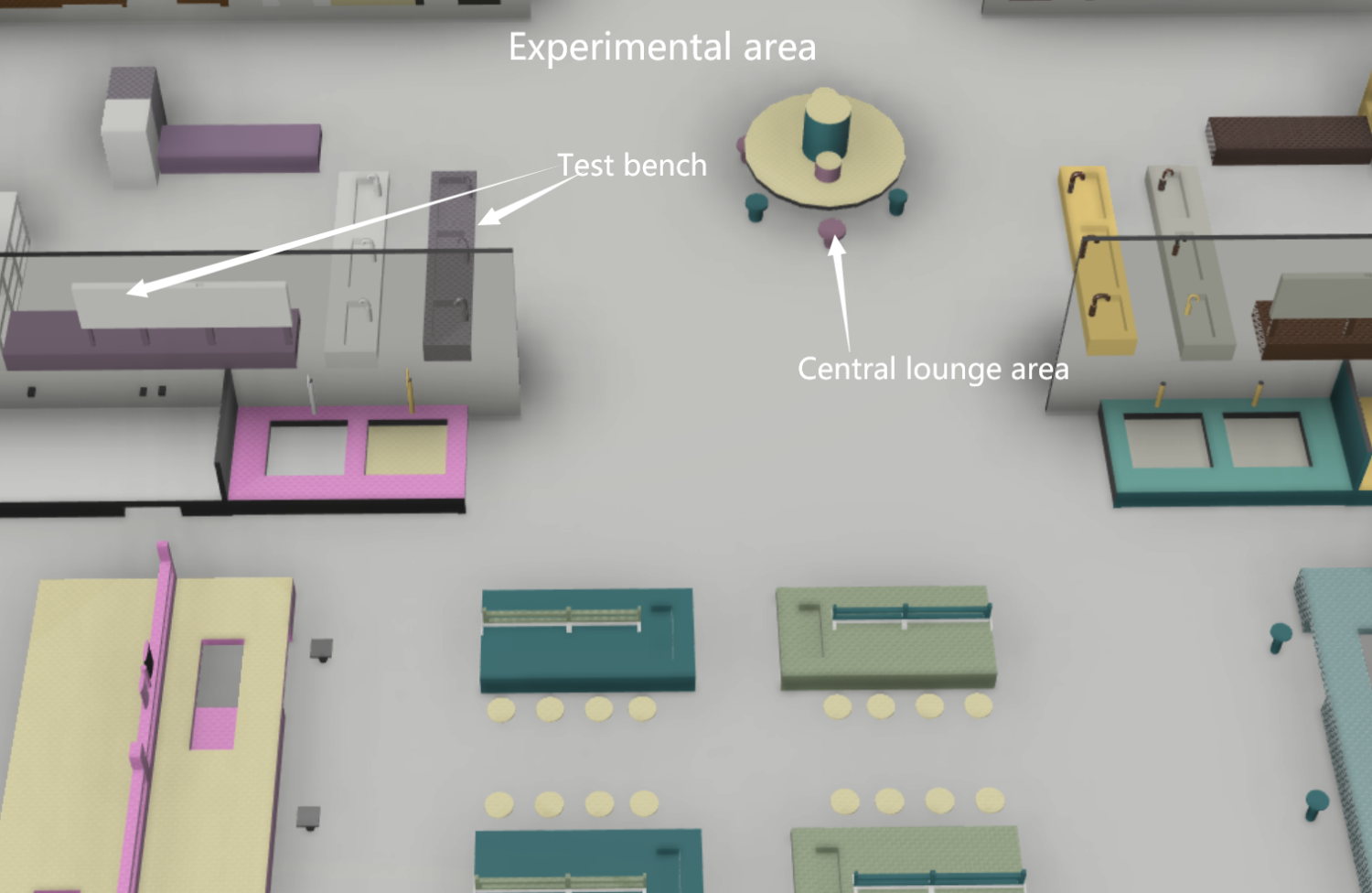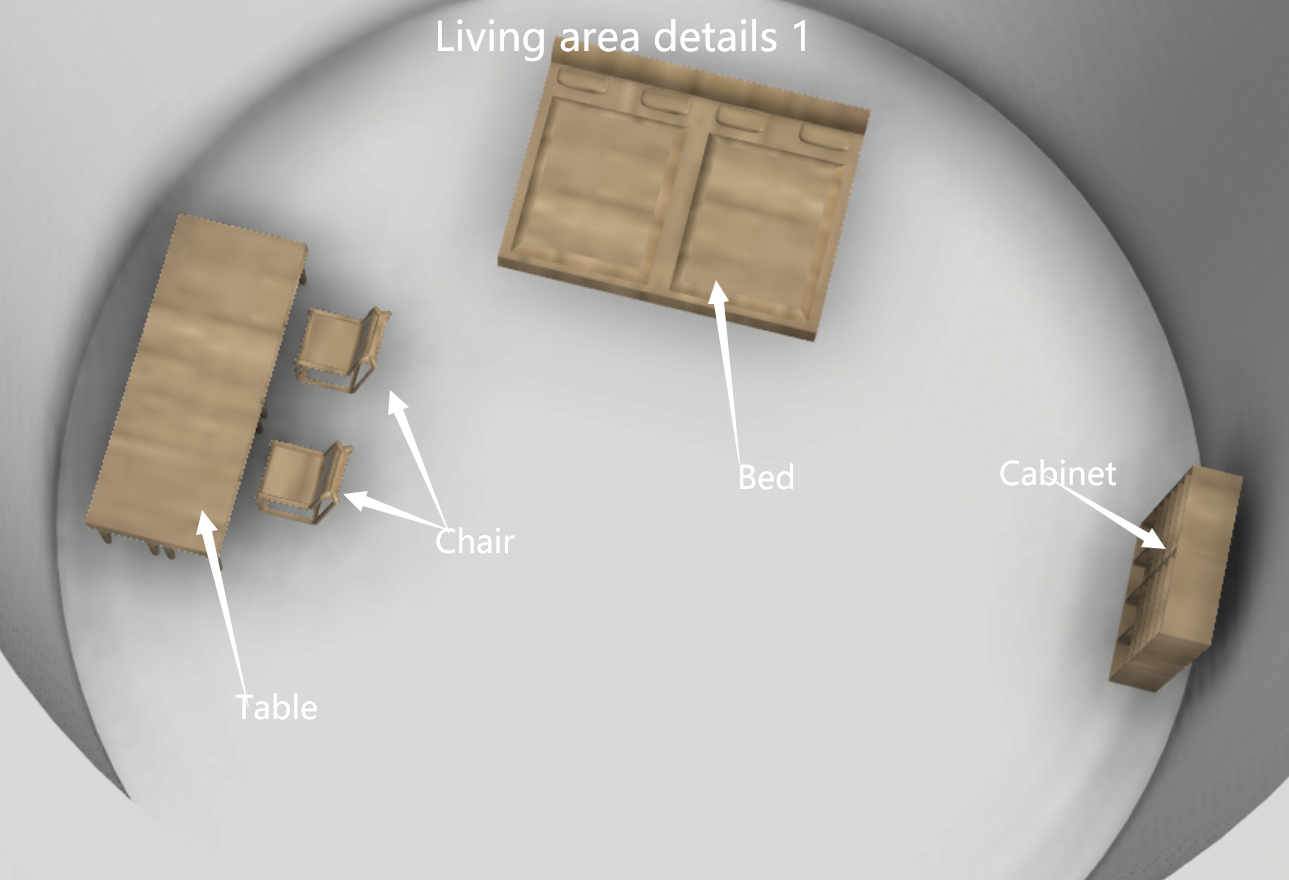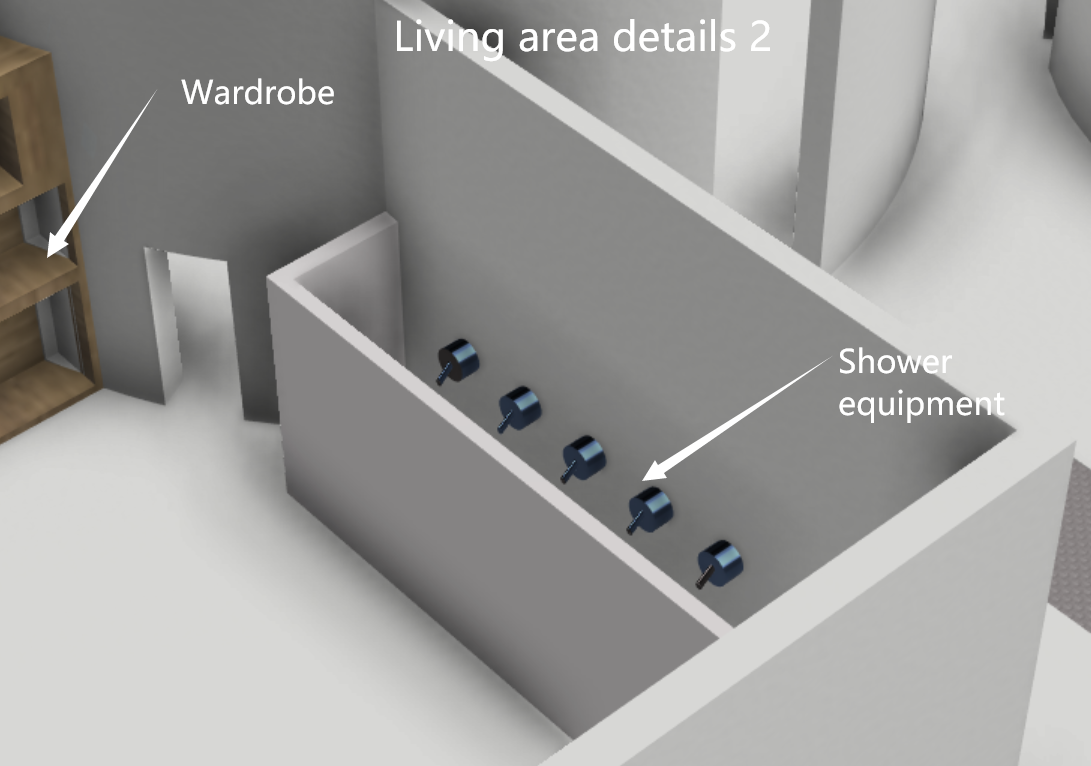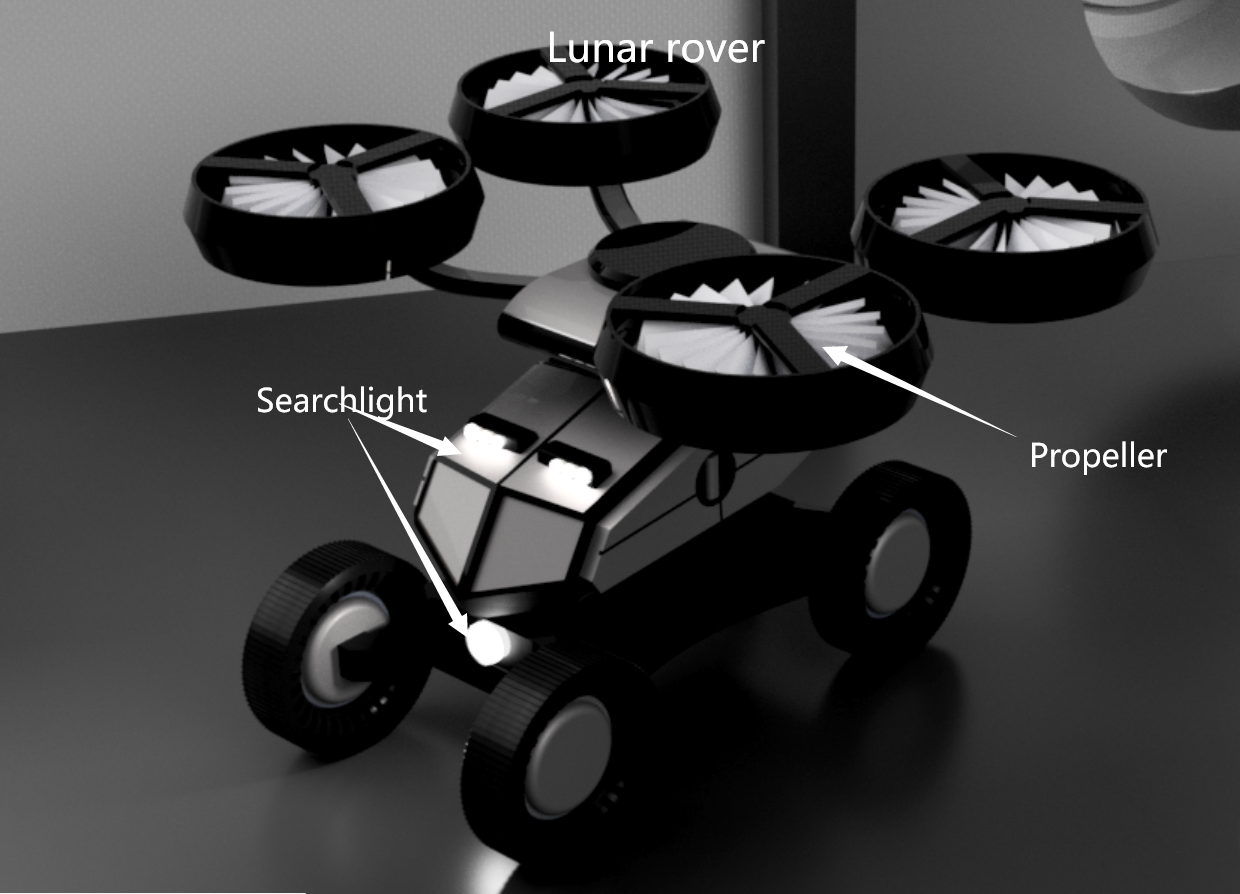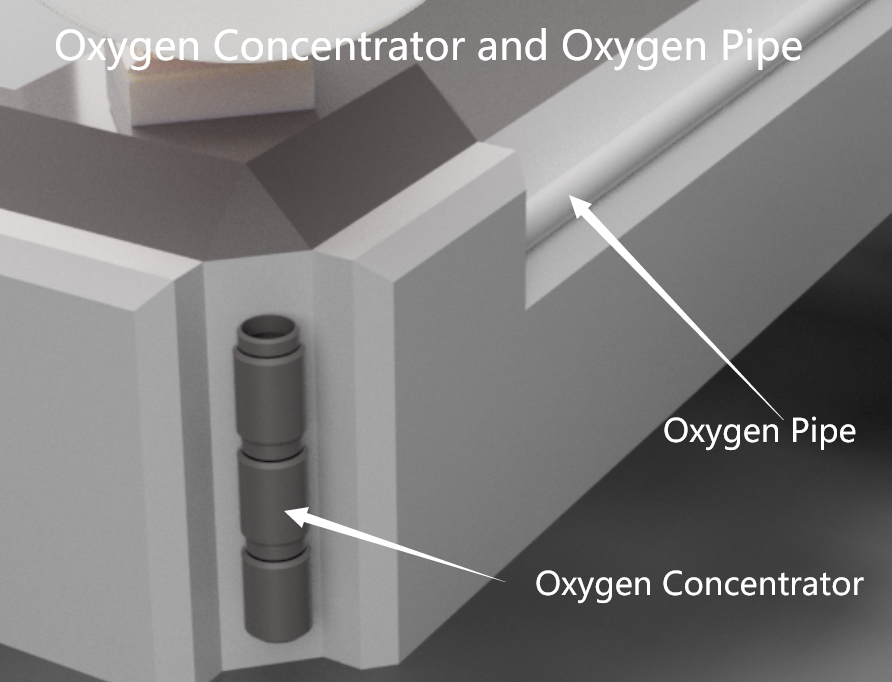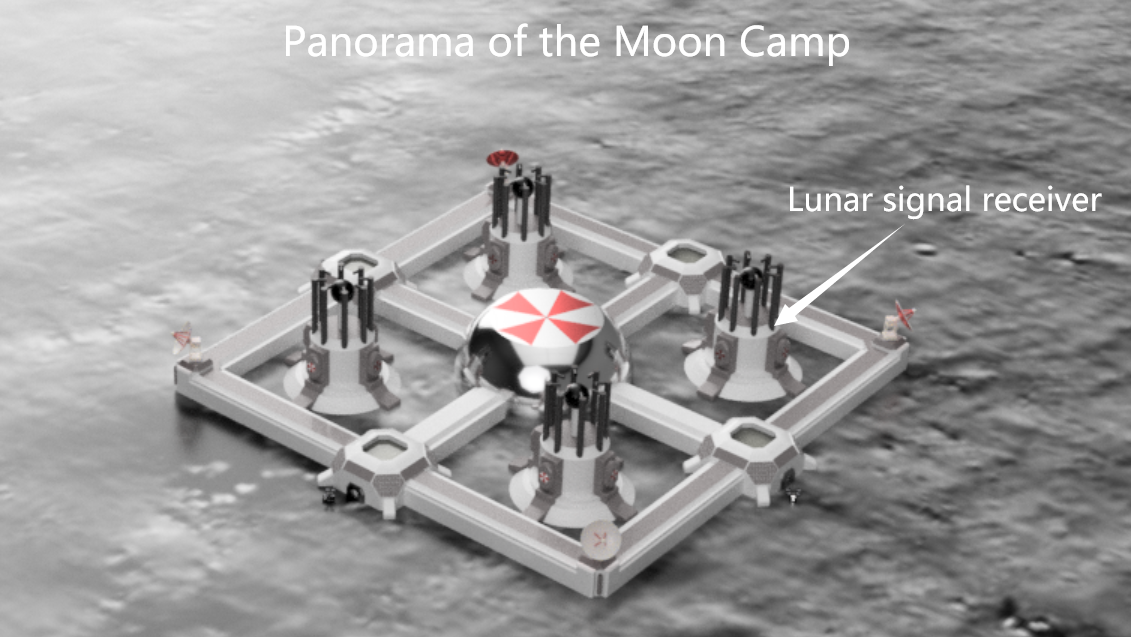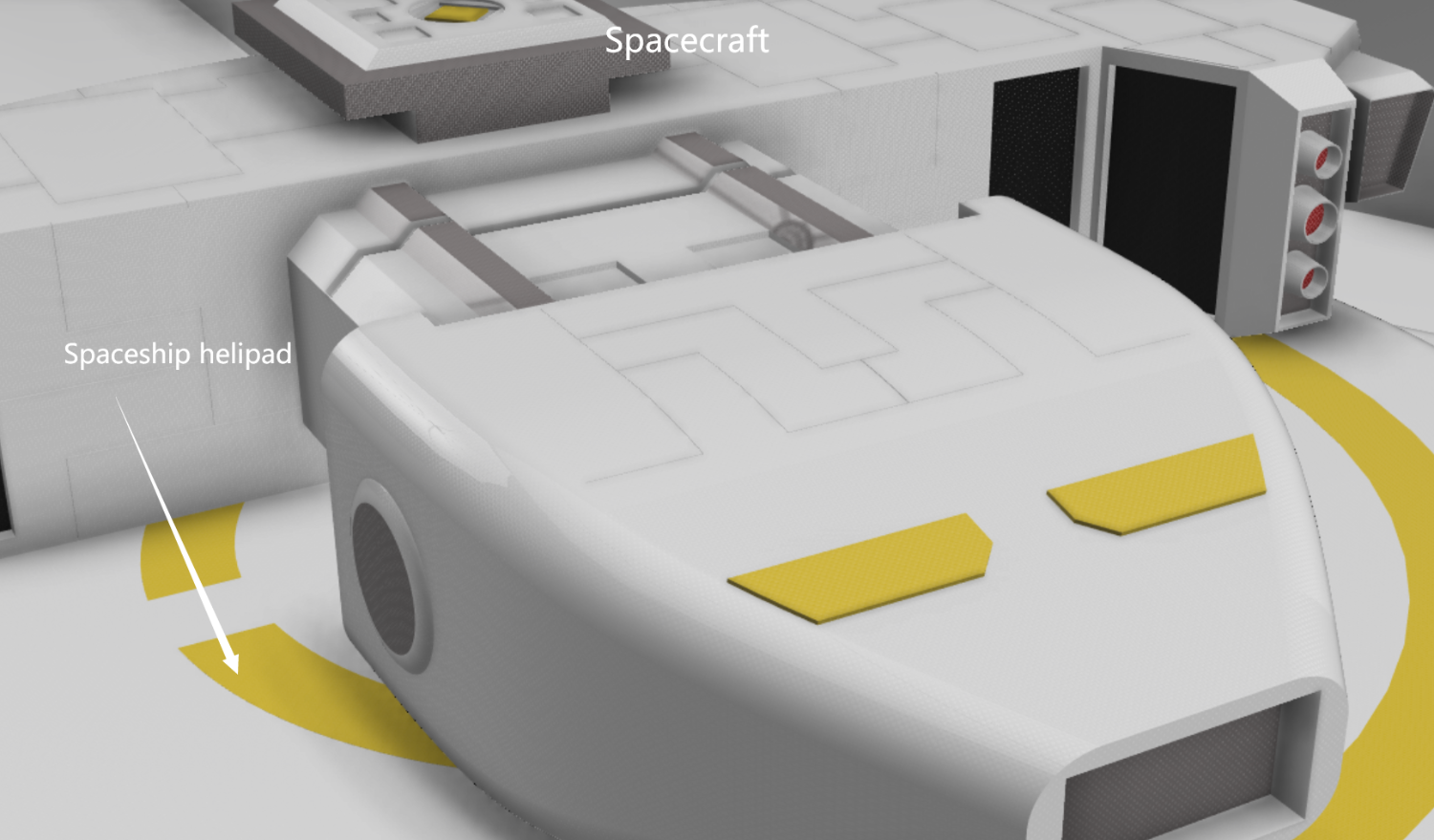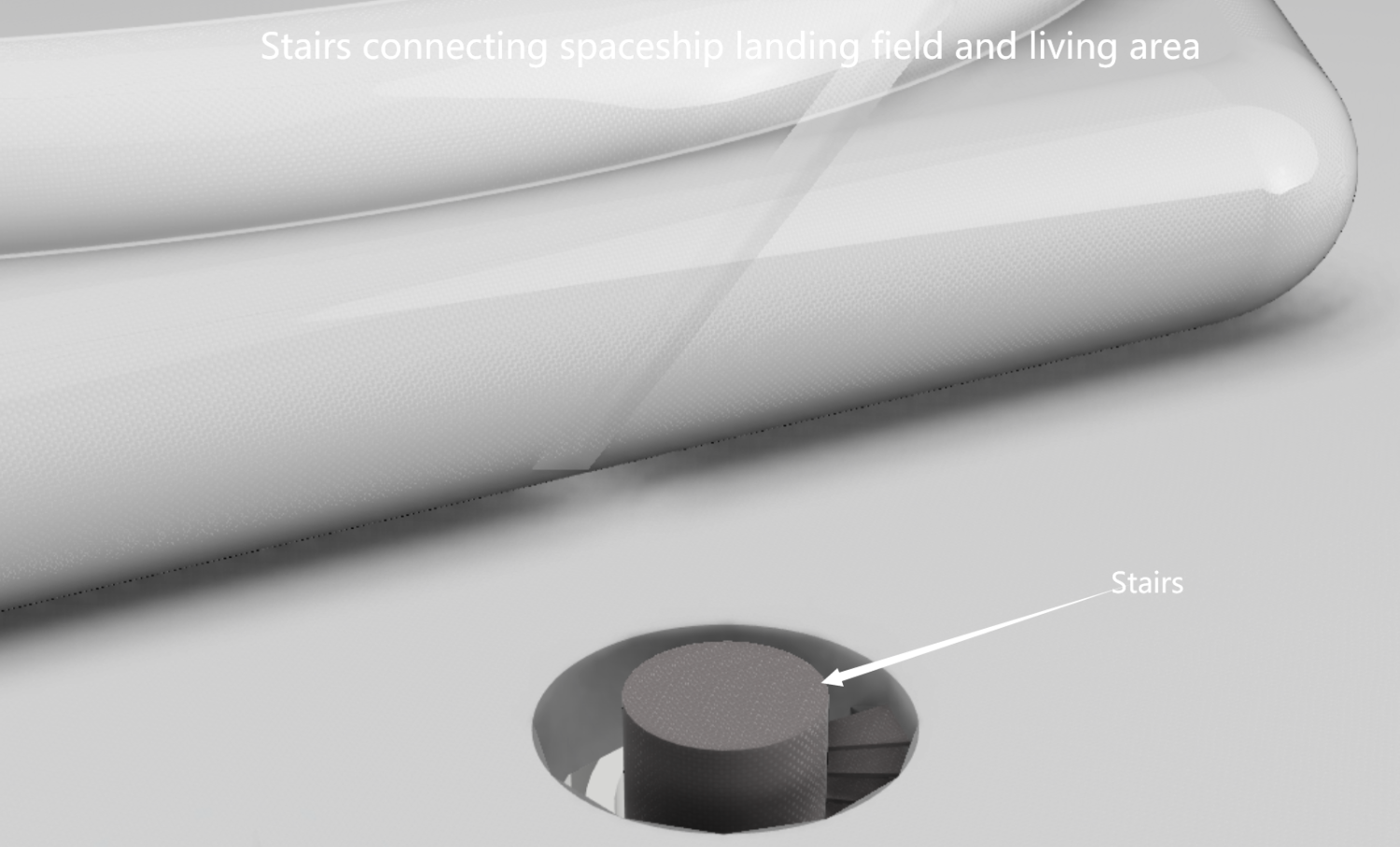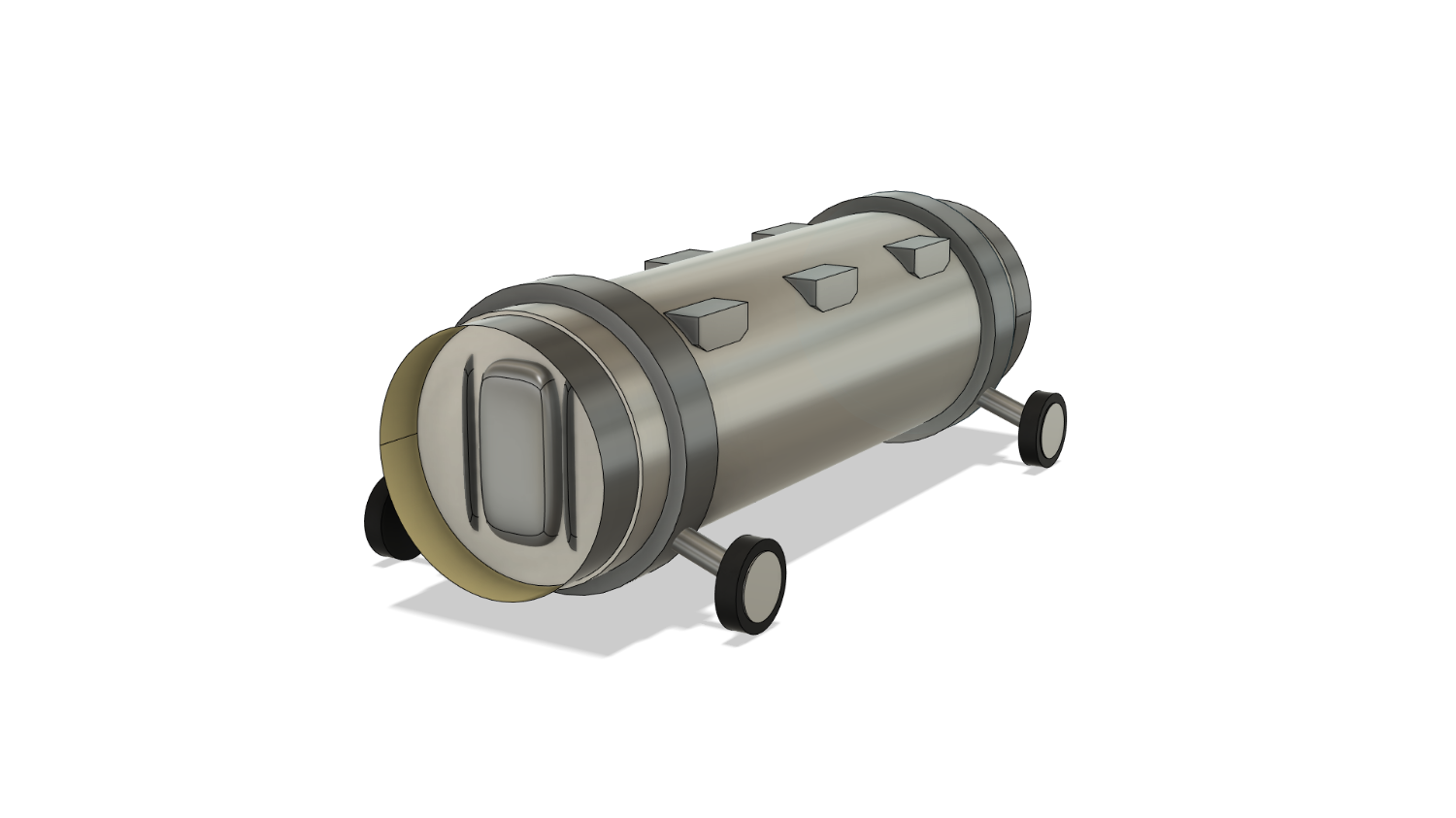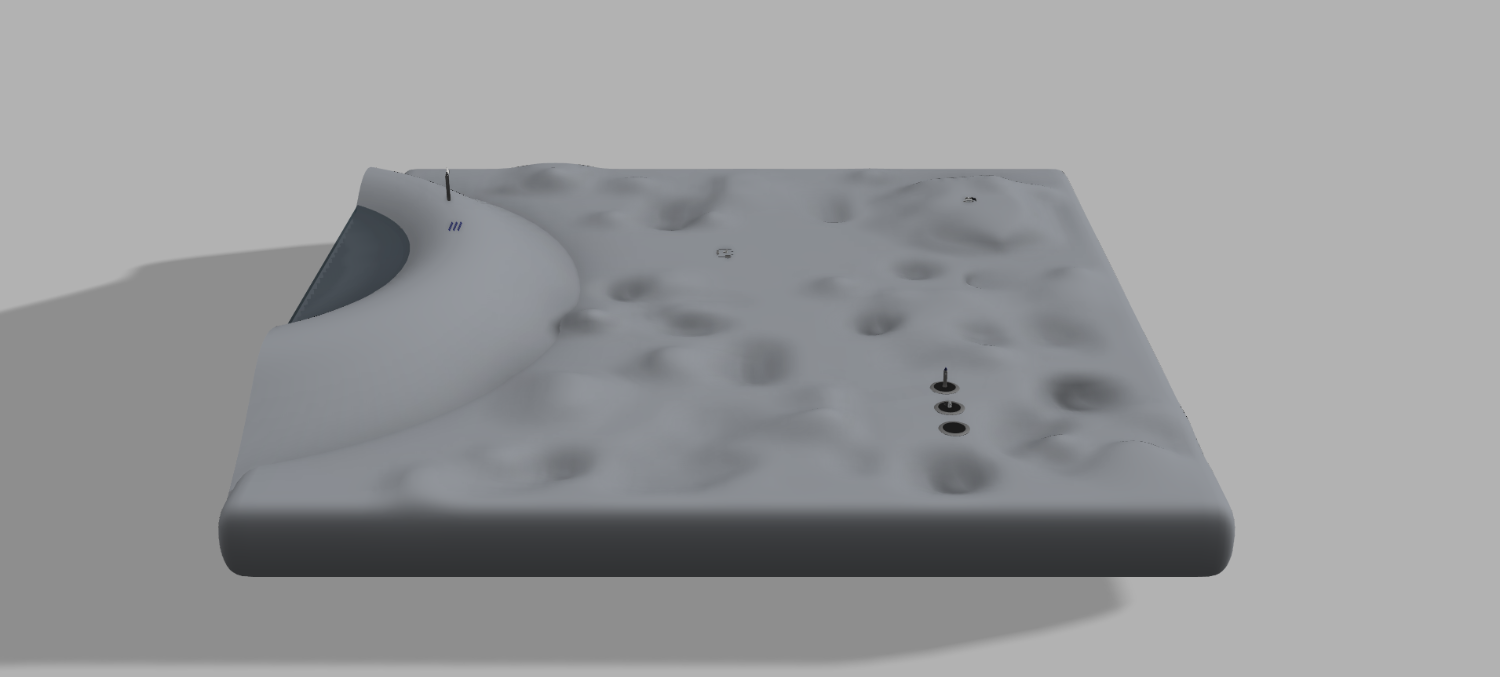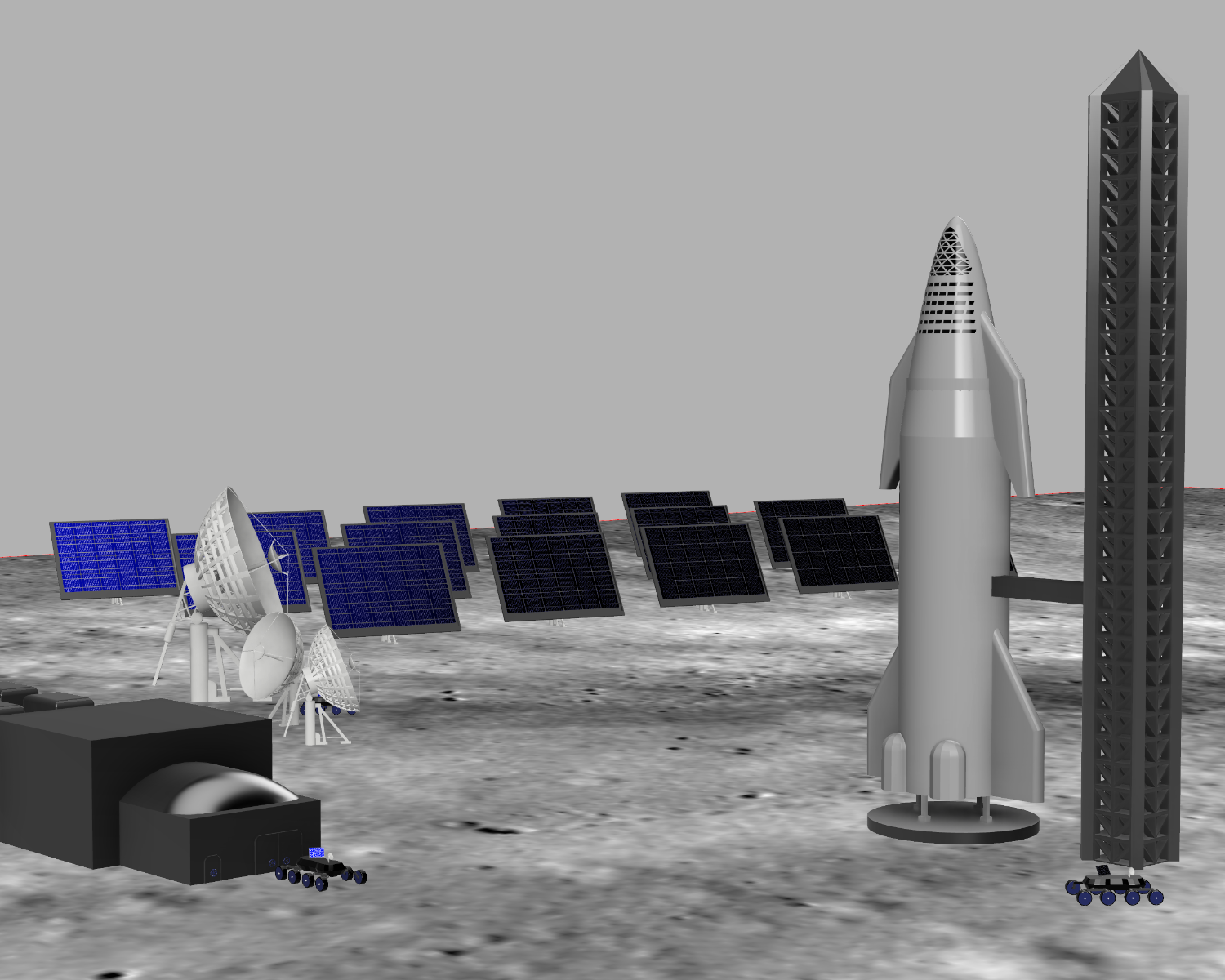Moon Camp Pioneers Gallery 2021-2022
In Moon Camp Pioneers each team’s mission is to 3D design a complete Moon Camp using Fusion 360. They also have to explain how they will use local resources, protect astronauts from the dangerous of space and describe the living and working facilities.
Team: Destination Moon
郑州轻工业大学附属中学 河南省郑州市 China 19 5 / 3
External viewer for 3d project
|
Project description
The “Forerunner” lunar camp we built is the first large-scale self-sufficient space transfer station for mankind. It not only ensures its self-operability, but also serves as a space transfer station, paving the way for humans to live on Mars in the future, providing mid-way fuel for rocket launches between Earth and Mars, and research on the lunar surface, and the interior of the cabin is fully realized Earth’s gravity environment. The main part of the camp has five areas (ecological area, experimental area, living area, energy supply area, entertainment area). Each area is a large floor, which provides sufficient activity space for camp personnel. Most of the experiment, transportation and energy equipment are all from the earth, and the cabin is built on the moon. At the same time, we have 4 unmanned exploration vehicles, which are driven by nuclear power, reducing the risk of camp personnel going out, and at the same time assisting astronauts in their work. The construction of the base is divided into three stages. The first stage kicked off our camp with ESA, NASA and CNSA rockets carrying experiments, transport and energy equipment. In the second stage, some camp personnel will be transported to the designated location on the moon to construct the capsule and debug the internal components of the capsule. The third stage uses rockets to carry camp personnel to land on the moon, officially starting their lunar camp life |
|||
|
2.1 Where do you want to build your Moon Camp?
We will build a lunar camp near the north pole of the moon. The reasons are as follows: 1. About 70% to 80% of the time in the polar region of the moon is exposed to sunlight, the solar cell can provide sufficient power for the lunar base, and we will transport highly concentrated nuclear fuel from the earth to the lunar camp from time to time. 2. The temperature difference in the polar region is small, and there are a large number of moon seas distributed. The terrain is relatively broad and flat, which is conducive to the take-off and landing of the spacecraft; 3. Most countries are located in the northern hemisphere, and the communication between the moon and the North Pole is more convenient; 4. Water ice lurks in many places near the lunar poles, which are permanently shady and can provide ample water for lunar bases. 2.2 How do you plan to build your Moon Camp? Describe the techniques, materials and your design choices.
The construction of the moon camp is divided into three stages. The first stage is the preparation stage. The earth experiments, transportation and energy equipment and 3D printers are sent to the selected site to build a temporary camp and prepare for the moon camp. Raw materials for 3D printing is derived from elements such as calcium and aluminum in the lunar soil, thereby creating cement with high hardness and strength. In the second stage, some camp personnel and equipment will be sent to the camp to carry out the infrastructure construction of the lunar camp, transplant plants to special areas, and inspect and repair relevant survival equipment. When survival is no longer a problem, the last batch of camp personnel and equipment will take a rocket to the moon camp for the final construction. At the same time, the functionality of the moon camp will be added, and the temporary camp will be moved to only empty shells ( for connection). 2.3 The environment on the Moon is very dangerous for the astronauts. Explain how your Moon Camp will protect them. (maximum 150 words)
First of all, our lunar camp is built in the low-lying place of the lunar impact crater, which can effectively reduce the probability of being hit by meteorites; secondly, our building materials at the base mainly use new composite materials, and the shape is spherical, which can be well adapted to the high temperature environment of the lunar surface and also help astronauts resist some cosmic rays. The glass on the top of the cabin also uses special radiation-proof glass。 At the same time, the outer wall of the building will have two layers, and a protective layer (a new type of material) will be laid in the middle to resist strong gamma radiation. The area is underground, which minimizes the risk of radiation. |
|||
|
2.4 Explain how your Moon Camp will provide the astronauts with:
|
Water
|
Food
|
Power
|
Air
|
|
When the first astronauts arrive, they will bring some water with them. Once the supply area is complete, water ice can be excavated in the nearby crater. The camp provides water through the physicochemical regeneration system, collects the water vapor exhaled by the astronauts by using the condensation and drying components, and converts the domestic wastewater into usable reclaimed water through the purification device. At the same time, a hydrogen-oxygen water generator will be prepared for use when there is a shortage of water or when the camp is not short of oxygen. |
Early astronauts need to bring their own food. With the construction of the camp, a large planting area will be built in the eco-region to select high-yield seeds and grow vegetables, grains, herbs, etc. At the same time, there is a dedicated Tenebrio breeding area to provide protein for the base personnel. The entire ecological area is intelligently monitored, which can adjust temperature, humidity and light to fully meet the growth conditions of plants or Tenebrio. |
Each cabin of the camp uses four giant solar panels to generate electricity to meet the power and heating needs of the camp. In the later stage, a nuclear fusion device will be built to provide energy for the camp. |
Astronauts will carry enough oxygen and nitrogen. The electrolysis oxygen system in the camp can use circulating water to electrolyze oxygen. At the same time, the carbon dioxide produced by humans is collected and concentrated, so that the enriched carbon dioxide reacts with the hydrogen produced by electrolyzed water, and a considerable amount of oxygen can be obtained, which improves the closed-loop degree of material utilization, greatly reduces the dependence on rocket transportation, and improves the economy. |
|
2.5 Explain what would be the main purpose of your Moon Camp.
Business: The camp has an exclusive spaceship landing site and spacecraft, which can allow camp personnel to travel to and from the moon, and also allow Earth tourists to come to the camp for sightseeing Science: The camp also has special laboratories for the study of plants, animals, materials and substances on the surface and depths of the moon, which can conduct a variety of experiments Tourism: The camp can be used for short stays by tourists traveling to and from the moon. The main purpose of the camp is to launch exploration rockets to Mars, to pave the way for human immigration to Mars, and to become the link between Earth, Mars and the solar system. |
|||
|
3.1 Describe a day on the Moon for your Moon Camp astronaut crew.
The daily routine of the base personnel will start from the living area, where activities such as washing and breakfast will be completed. At eight o’clock, all the staff will discuss with the Earth Control Center to arrange the task for the day. Afterwards, scientists and engineers will go to the experimental area and the energy area together through the stairs of the living area. Scientists will conduct moon-related research, and one group of engineers will check the supply of necessary resources such as water, electricity, and oxygen, and make adjustments in time; another group of engineers will go to the spacecraft landing site to prepare fuel for the upcoming spacecraft. The spacecraft landed smoothly at ten o’clock and refueled. The astronauts and the camp staff had lunch in the dining room. At 1:00 p.m., under the command of the lunar staff, the spacecraft took off smoothly to other planets. At 3 o’clock in the afternoon, after the staff finished work, they went to the entertainment area to conduct rehabilitation training to avoid the decline of cardiac muscle mass. At the same time, they were evaluated through the wearable hand-worn evaluation system for the rehabilitation effect of Parkinson’s patients. After an hour of exercise, the staff is free to move around. They also can head to the eco-zone to hand-pick fresh fruit. At seven o’clock in the evening, after dinner, the staff went back to their rooms, checked emails from the earth or made video calls with their relatives. After that, they showered, changed clothes, and went to bed, ending a busy but fulfilling day. |
|||





